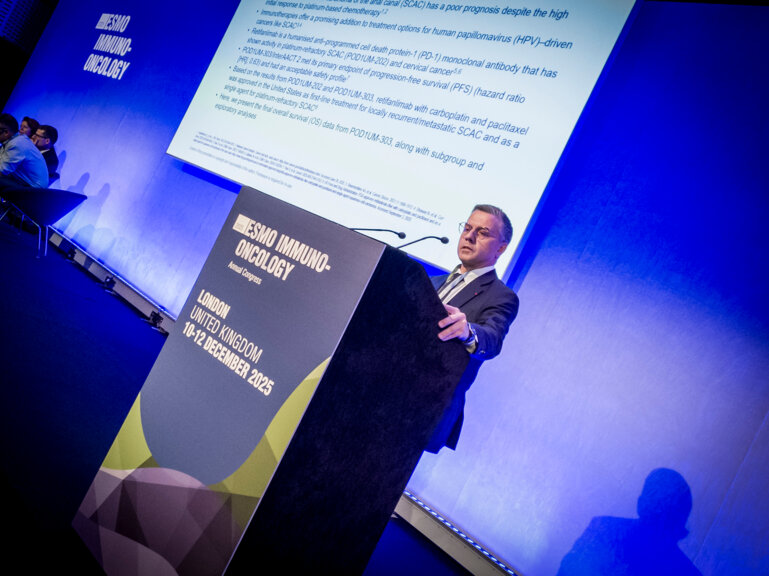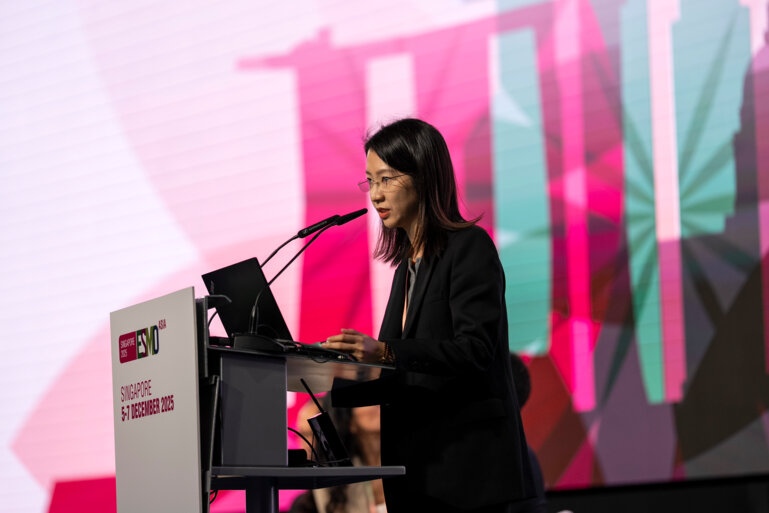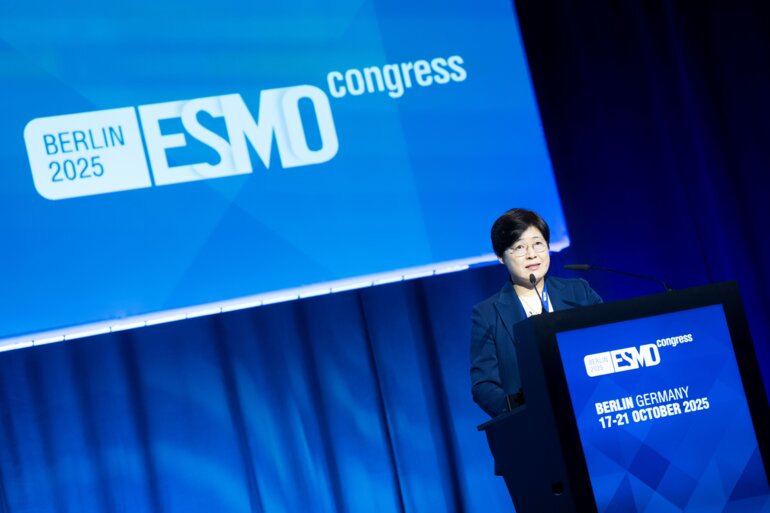Novel agents, a rethinking of accepted treatment concepts and new roles for older treatment modalities are now driving liver cancer management
For a long time, just two multi-kinase inhibitors, sorafenib and lenvatinib, were available for systemic therapy in advanced liver disease. Although these agents afforded relatively good tolerability compared with existing systemic chemotherapies, survival times generally did not extend beyond 12 months for patients and deterioration following any initial response was an inevitability. Today, the treatment landscape looks very different. The advent around 6 years ago of checkpoint inhibitors – anti-PD1 and anti-CTLA-4 agents – represented a paramount improvement in the availability of effective therapies, particularly when these agents were used in combination regimens or in conjunction with some locoregional approaches, such as transarterial chemoembolisation (TACE) and even radiotherapy. With the introduction of immunotherapy-based treatment, ‘long-term survival’ has now become part of the vocabulary when discussing therapeutic options for patients with advanced-stage disease. In addition to extending median overall survival time, around 25% of patients can be expected to still be alive at 4 years (Ann Oncol. 2023;34(Suppl 1):S168) and this is something that could not have been imagined by clinicians back in 2014.
The availability of newer, more active agents has also challenged the concept of treatment patterns. Standard practice for many years has been a stage-based, sequential approach, involving surgery or ablation for most patients with early-stage liver cancer, with locoregional therapy being used for more intermediate-stage disease and systemic therapy being reserved as a ‘last resort’ for patients with progressive or advanced cancer. However, the activity of immunotherapy combinations is prompting a rethinking of the place of systemic therapy within traditional strategies and is highlighting the importance of a multidisciplinary approach to treatment. For example, we are seeing patients with advanced-stage disease attain shrinkage of their tumours with systemic therapy, particularly immunotherapy, to the extent that they can become amenable to locoregional therapies or surgery and, in some cases, even achieve cure (Hepatology. 2022;76:1203–1218; Front Oncol. 2021;11:772195). In addition, while systemic therapy would previously not have been considered for patients with intermediate-stage disease because of historically limited efficacy, we now know that some of these patients with high intrahepatic disease burden may be better treated with upfront systemic therapy to preserve hepatic function or with a combination of systemic and locoregional therapy to downstage tumours and potentially improve survival.
Finally, there is growing recognition of new roles for some older treatment modalities – such as external beam radiotherapy (EBRT), Y-90 selective internal radiation therapy and ablation – beyond local application. Radiotherapy has generally been regarded as a palliative treatment for symptomatic disease, for example by reducing large metastases. However, increasing evidence indicates that EBRT and proton beam therapy alone can be used with curative intent (J Hepatol. 2021;74:603–612; J Hepatol. 2020;73:121–129). Perhaps more importantly, radiotherapy has the potential to synergise with systemic immunotherapy, based on its abscopal effects, and also to overcome resistance to immune treatments, making the combination of radiotherapy and immunotherapy a particularly powerful tool.
Despite the transformative effects of new developments on patient outcomes over the last decade, there remains considerable room for improvement in liver cancer treatment. The aim must be to provide therapies that offer the potential for cure to a wide range of patients rather than just prolongation of median survival. Even with the use of fairly aggressive immunotherapy combinations, the response rate remains too low at around 30% (NEJM Evid. 2022;1:EVIDoa2100070; N Engl J Med. 2020;382:1894–1905; Lancet. 2023;402:1133–1146). What do we do for the other 70% of patients? We need to explore ways to improve on these response rates. One avenue is the use of new treatments, including agents to stimulate the host’s immune response, for example with cellular therapies, or agents with novel mechanisms of action. Another way is to look at different strategies: for example, switching treatment to a more aggressive approach when there is evidence of inadequate immunoclearance of cancer, rather than treating up to disease progression.
With evolving changes in management, in line with the expansion of treatment indications, the introduction of more active agents, novel treatment approaches and new management concepts, it is hoped that the next 10 years will see even bigger improvements in the outcomes of patients with liver cancer than this past decade.







